India is almost self-sufficient in missile technology. Sophisticated state-of-the-art missiles are going from design-board to first-launch in less than 3 years, getting tested dozens of times in the next 3 & getting inducted. This success story must be studied and internalized.
1. The story starts 5 decades ago with Project Valiant and Devil. There was nothing to bank on. No existing designs or designers or data. No industry, no testing facilities. Only a handful of men and women who dreamt of self-dependence And a govt. which supported them.
2. If CAG would write a report on Project Valiant and Devil, they would be termed abject failures. But not in my book and not by the measure of success that has followed. I say this again and again: "Technology is people. People are technology"!
3. The people had learned how to build (or not build) a missile. IGMDP outlined the design and development of Prithvi, Agni, Akash, Nag and Trishul missiles. Except for Nag and Trishul, none of these would be called state of the art in late 1980s-1990s.
4. a. Prithvi: liquid fueled, 4 small thrusters b. Agni I and II: repurposed ISRO stages c. Akash: State-of-the-art propulsion, no onboard seeker led to limited range d. Nag: Still in trials e. Trishul: State-of-the-art propulsion system. Failed
5. Prithvi cannot be defined as state of the art. It had to be fueled before firing. The fuel and oxidizer required special handling. The guidance system was first-generation, i.e. slow and bulky. So were the actuators and airframe.
6. But it was a start! It was accurate enough. Test data started coming in. Refinements followed. In lighter and more accurate guidance systems, better and more flexible warhead packaging. The missile started to fly further and more accurately.
7. Over time, Prithvi went from a single stage missile to a two stage missile. Initially, the first stage was liquid and the second stage was solid and then both became solid stages. This marked the coming of age of the guidance system.
8. Guiding a solid stage missile with high accuracy to a target requires extreme precision & maturity in the system. These benefits flowed into the Agni series. Agni missiles were getting sophisticated, but their airframes were still a generation behind state-of-the-art.
9. You can see that in the size and weight of these missiles. The stages were made of maraging steel. The iSP of fuel was short of stat-of-the-art. The interstages were large. The actuators were heavy. Road-mobility was questionable, submarine launch was out of question.
10. That's when the next generation of missiles which we call the K-series was developed. The fuel is state of the art (could go up one more notch). Actuators and guidance became state-of-the-art. Interstages were shortened. Composite stages started getting introduced.
11. Consequently, the K4 which weighs half as much as the Agni III and carries the same payload to the same distance and is actually more accurate. These technologies have started making the way for the India's next generation on ballistic and semi-ballistic missiles.
12. In the remainder of this thread I will list the NG of ballistic missiles in order of their ranges. Many of these missiles have variants. Like SMART is a variant of K15, Shakti a variant of K4 & so on. To keep the list short, I will stick to the main variants.
13. Rockets. Although there are many Pinaka variants. It is likely that there will be standardization around 122 mm ER Rocket, Pinaka MkII and Pinaka (guided). These cover ranges up to 80 kms.

14. Although higher caliber rockets are being considered. Most likely updated Prahar will cover ranges from 40-200 kms. Although the original design was a repurposed Ashwin AAD missile, the latest version is designed from the ground up for S2S role.
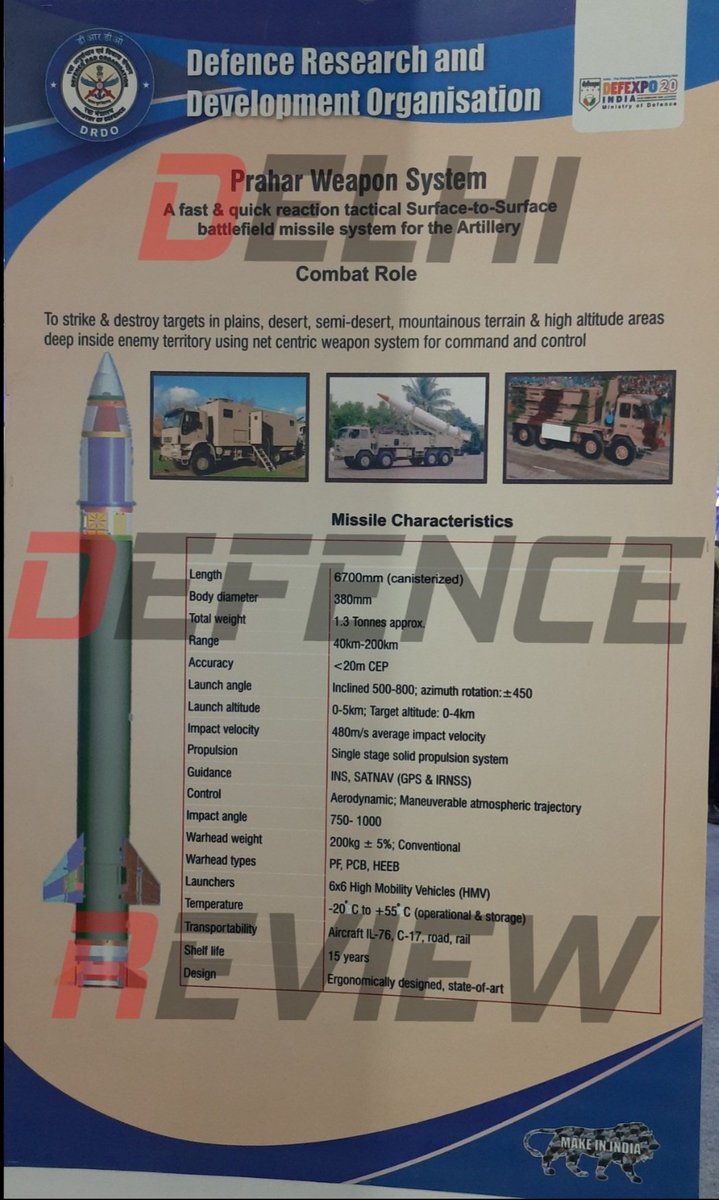
15. Next comes Pralay. Pralay is developed from Shourya (by reducing number of stages from 2 to 1). Shourya was developed from K15. Pralay can reach ~500 kms. Note (wiki page is wrong on multiple fronts on Pralay).
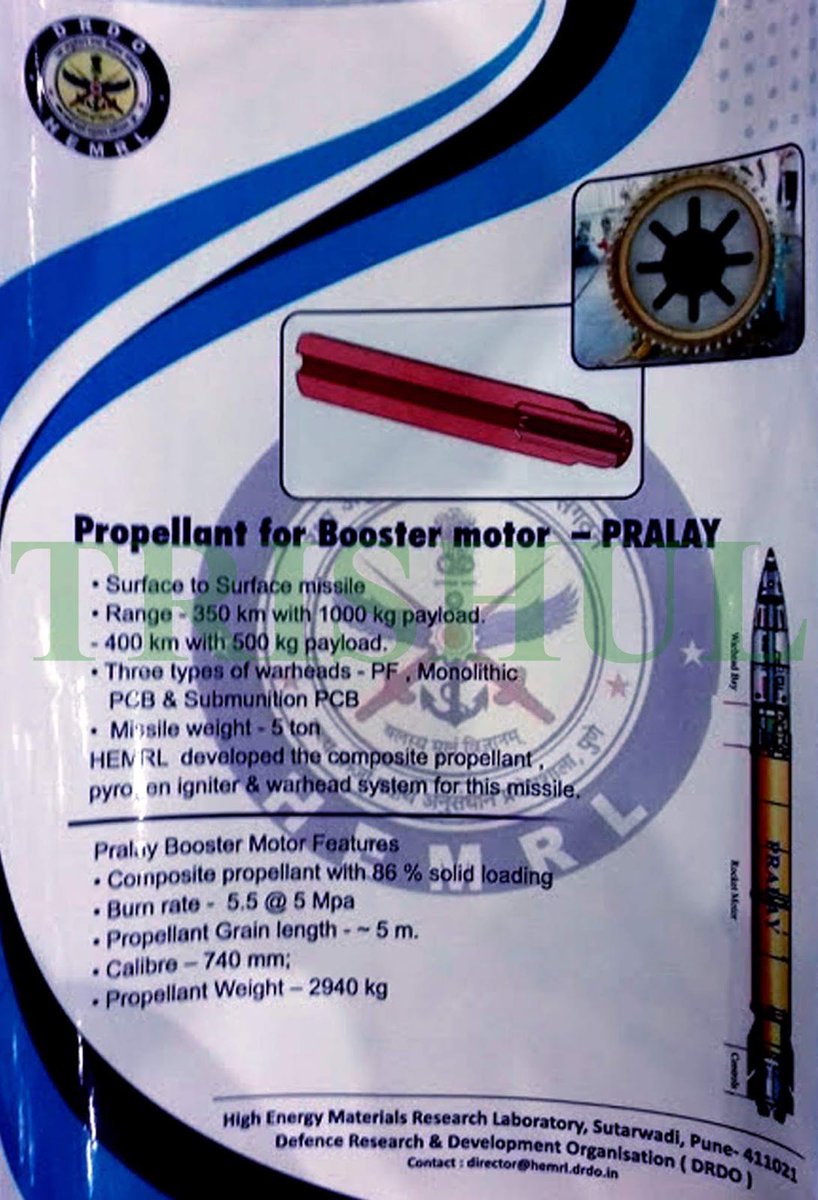
16. Next come Shaurya. Shaurya has an extra stage than Pralay yielding its reach to about 1000 kms. Shaurya, K15, SMART are all siblings. All pretty state-of-the art.
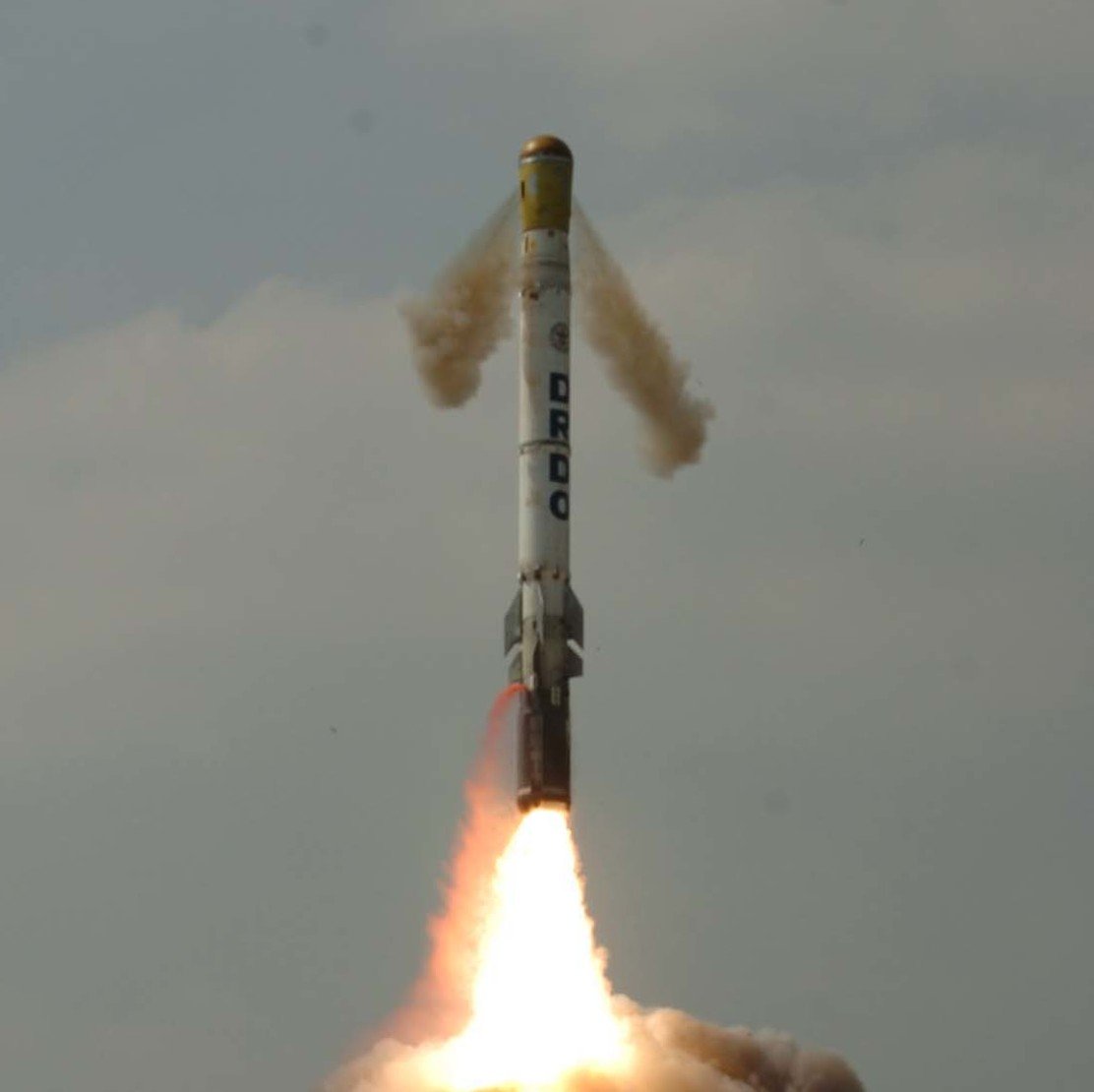
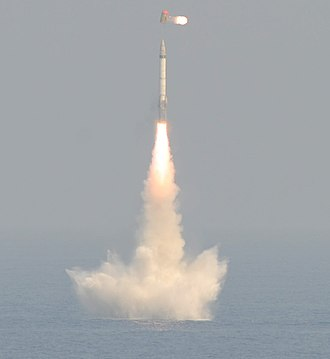
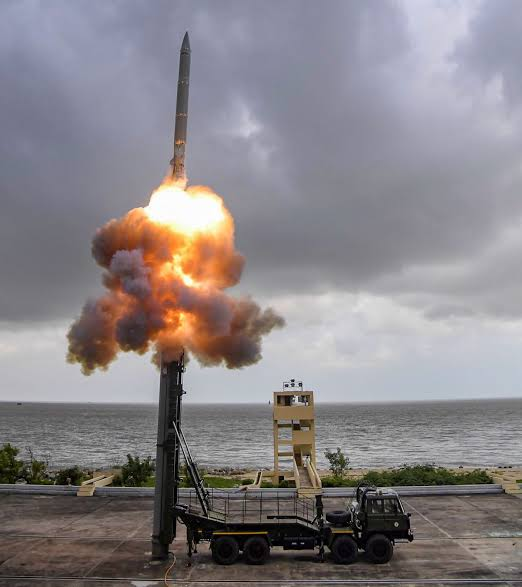
17. Next comes the Agni-1P reaching out to 2000 kms. MARV warhead (with all attendant capabilities). State of art in every way imaginable. Compact for easy disguise and true road mobility.

18. The next jump is shrouded in mystery. Agni-IIP (or Agni IV) has been tested with a composite 2nd stage. But, K4 with a new nose cone may serve as Agni-IIP. The latter version will be stockier, more efficient and compact. Think of Shakti missile with a different nose cone
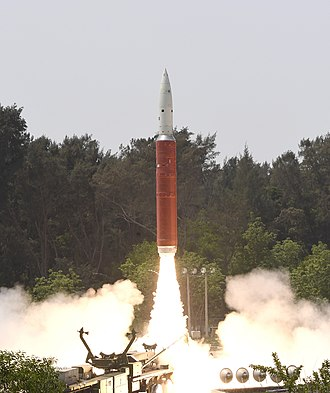
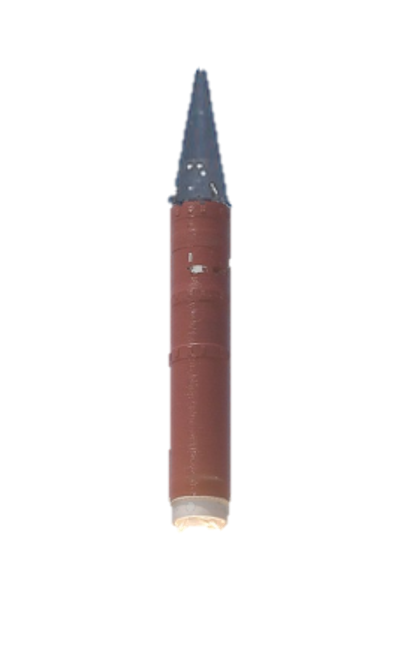
19. This latter version can be canisterized as K4 is already canisterized. Also, standardizing across multiple variants of the same missile has many advantages.
20. The next missile up is the Agni V. Its latest test has thrown up a lot of questions. Rumors of it having all composite motors and MIRV capability have come up. If true, it's ability to hit way beyond 5400 kms is assured.

21. Alongside the Agni V, a missile can be imagined. It also has 2mtr diameter. But it is shorter and has rounded nose with an aerospike. This would fill up the 2mtr missile silos and maximize the capability of Arihant-class submarines. (K4 has a 1.4 mtr dia).
22. The final missile in this series is VEDA. Info about this upcoming missile is trickling in. What is known is that this missile will have capability to launch larger missile than what Agni V can to LEO. So it can be assumed that it could potential shower more petals further.
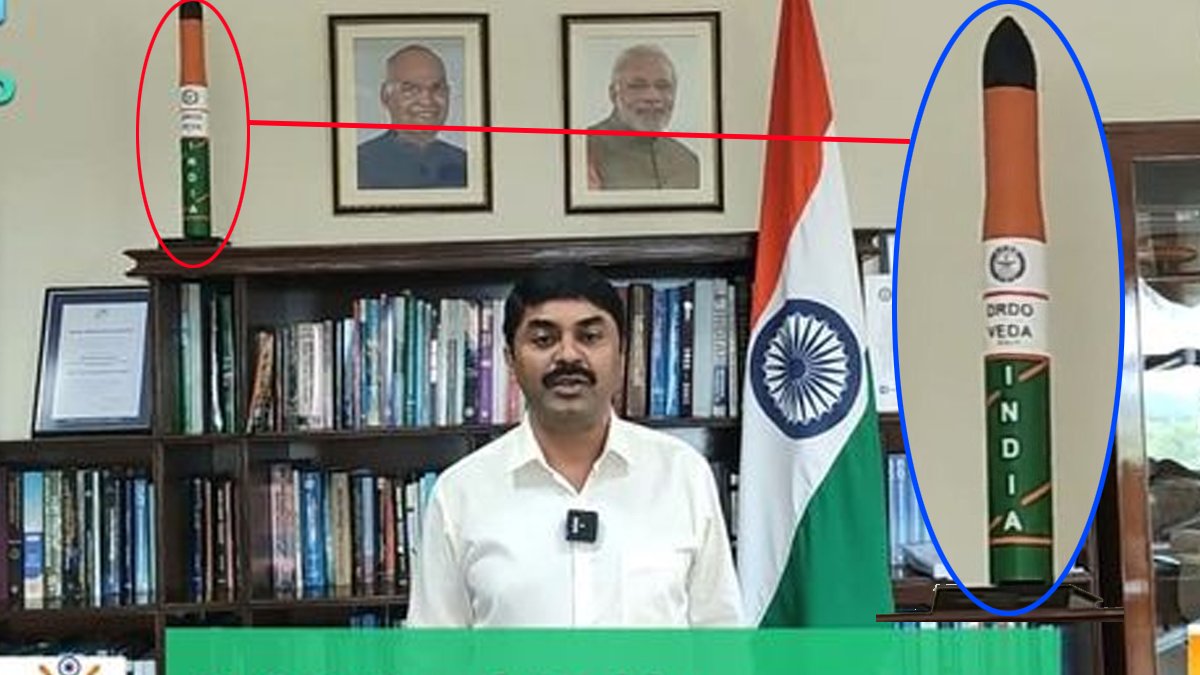
23. But it is not about the missiles. Over the decades, India has developed a whole set of designers who know how to design missiles. They have state-of-the art technology, testing and manufacturing ecosystem at their fingertips.
24. It has helped enormously, that India could not import these missiles. India had to develop them on its own, and it did. Wherever, it could import, we lag behind : A2A and S2A missiles! Although this gap is almost closing as well.
25. If you want atmanirbharta, it cannot be achieved through lip-service. It cannot be achieved by waiting for perfection on day 1. It cannot be done by drawing the developers over coal only to import in the last minute! History has lessons. We must learn them.
